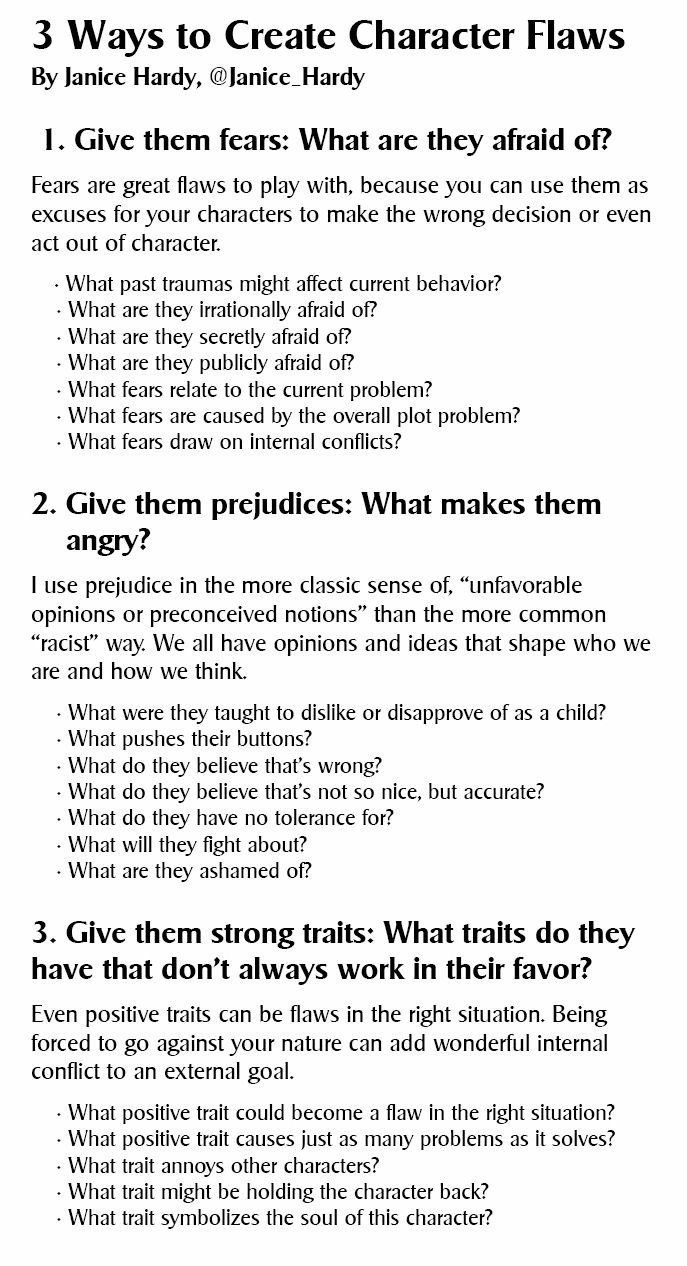Text
Is your community prepared?: Community Involvement in Disaster Risk Reduction and Management
As someone living in one of the communities that make up one of the vast metropolises that continue to thrive economically, Quezon City deems urban resilience a vital aspect and social and economic concern in strengthening the city’s resilience. Where families and households are strong enough to withstand calamities and are also able to restore economic activity amidst the myriad of disasters.
To better visualize the overall purpose of this blog post, I would like to first share the economic and environmental issues the Philippines is currently facing.
Due to the geographic and physical features and location of the country, it is considered to be one most disaster-prone countries in the world. Situated along the western segment of the Pacific Ring of Fire, it lies in one of the most active part of the Earth characterized by an ocean encircling belt of active volcanoes and earthquake generators. Together with twenty-two (22) active volcanoes and six (6) known fault lines, the Philippines also sits astride the typhoon belt. The major part of the country experiences annual torrential rains and thunderstorms from July to October, with about nineteen (19) typhoons entering the country’s area of responsibility in a year with eight (8) to nine (9) of them making landfall on the country’s soil. This does not only make the Philippines vulnerable to flooding, but also vulnerable to climate change.
Sea level rise is one of the best-known climate change’s many dangers. As humanity pollutes the atmosphere with toxic substances that destroys the atmosphere, the planet becomes warmer and warmer. Thus, ice sheets and glaciers melt and warming sea water expands and increases in volume of the world’s oceans. The pollution and continuous onslaught of environmentally-detrimental human activities has become one of the top contributors to this growing concern. Especially in urban areas like Metro Manila, one of the most obvious human activity that sets the ground for environmental degradation is poor waste management. Improper wastes disposal, inefficient waste collection, lack of disposal facilities and the sheer loss of basic human decency and discipline has resulted in becoming one of the greatest threats to country’s environment and public health.
After hearing all these things, what can we do? Well, as of course in true Filipino fashion. We overcome. In our classes in Disaster Risk Reduction Management (DRRM), the term “Resilient”, Filipino or English, is a source of contention and controversy. While resilience is a noble word, it is also subject to scrutiny as to what does it mean to the country’s ability to bring back the sense of normalcy and improving itself. It shouldn’t simply mean smiling whilst standing knee-deep in floods or accepting the fact that our country’s legal justice system will always be something out of a dystopian novel, or even going far back as to think, “well, if it’s not broken, don’t fix it” to the state of our transportation system. UNISDR (United Nations Office for Disaster Risk Reduction) defines resilience as “the use of recovery, rehabilitation, and reconstruction phases after a disaster to increase ‘resilience’ of nations and communities through integrating DRR measures into the restoration of physical infra and societal systems, and into revitalization of livelihoods, economies, and the environment.” In other words, we learn from the events for us to be “more resilient.” For us to improve. And how can we do that? We start in our most basic unit of society, the family, then to the community.
To take a closer look to the one the communities preparing for such disasters, I went to visit my local barangay, Barangay Bagumbuhay.

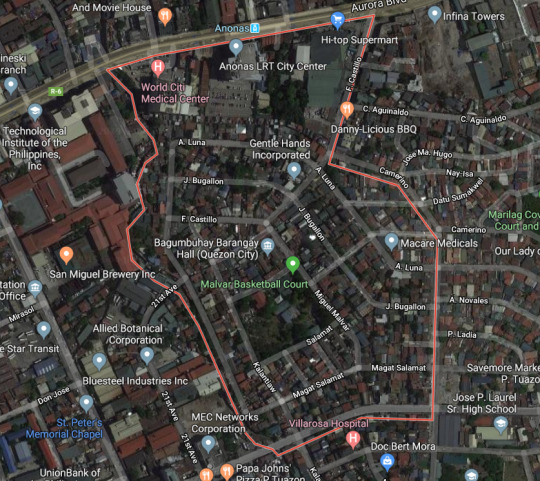
Barangay Bagumbuhay’s hall is right along the residential area of Miguel Malvar Street. Easily accessible by the Light Railway Transit (LRT) System (though it is currently closed for operations) or by jeeps coming from Cubao or Katipunan, going through Aurora boulevard.
Due to the location of the barangay, not a lot of natural hazards were identified. According to PHILVOC’s faultfinder, the barangay is approximately 1.6 km. from the nearest active fault trace, which is the West Valley Fault.
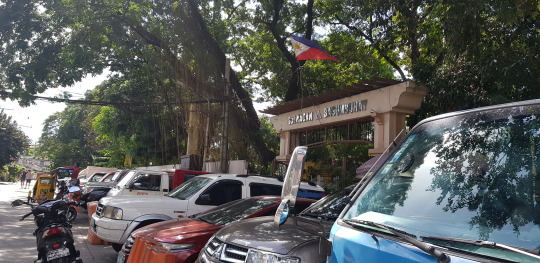
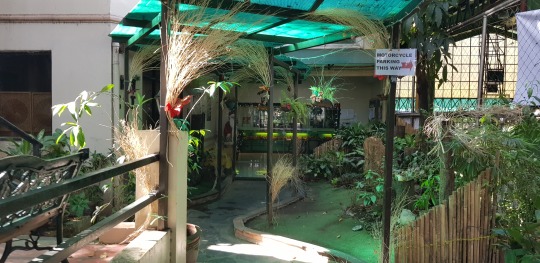
The barangay also had an advantage of being located right on top of a hill-like landmass, giving it the ability to rule out severe cases of flooding. However, there were still hazards to the community that were present. Namely, Anthropogenic hazards which were the structures and residential areas that were violating building code. Particularly the residential areas that were built atop the creek along F. Castillo Street. The officials fear that if these structures weren’t fixed immediately, they may become a danger to the residents should an offshoot of a disaster happened (e.g. fires). Blocked roads and alleys were also a danger since they served as a blockage to the entry and exit of residents to and from their homes, making it difficult for them to move through.
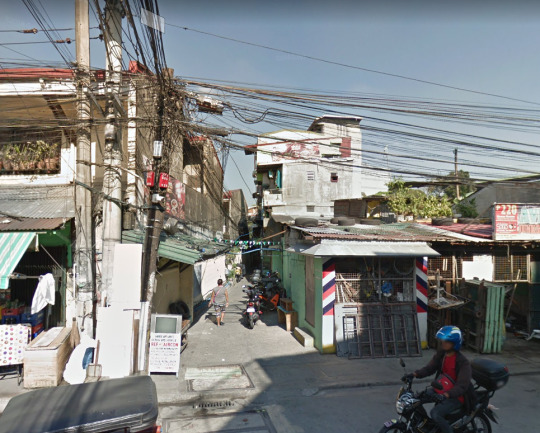
The officer in charge of the Disaster Risk Reduction and Management office of barangay Bagumbuhay, Estiño Martinez, introduced me to the various DRRM plans they had prepared in case the community faced a disaster. There were plans of evacuation locations for the nearby residents as well of those people who need special care and attention. Sr. Martinez provided a list of projects that had already been done and to be done (for 2020) in order to fulfill their duty of reducing the risk of any hazards that pose a threat to the community.
Sr. Martinez accompanied us in viewing the various preparations the had in store. For medical emergencies, for fire accidents, as well as for the aftermath of any disaster.
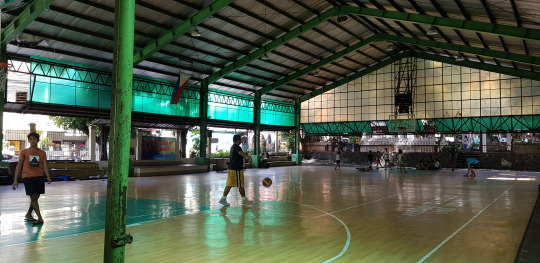
The multipurpose court to be used as an evacuation center for the community.
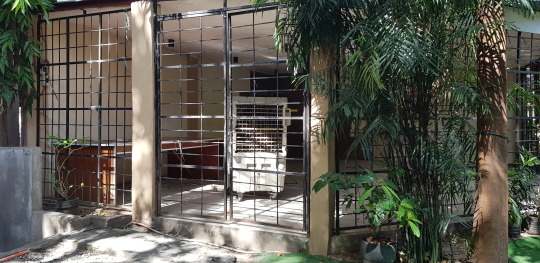
A funeral parlor and holding area for the families who are cannot afford the expenses of having a proper burial for their family member.
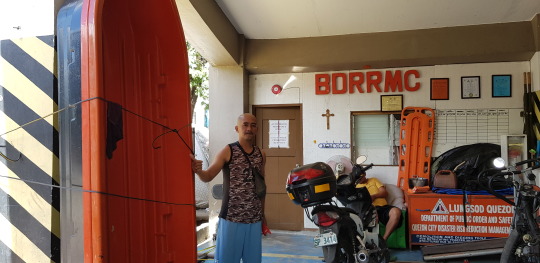
A Barangay Disaster Risk Reduction and Management Center right behind the hall. This includes the various materials and equipment to be used if in case of an emergency.
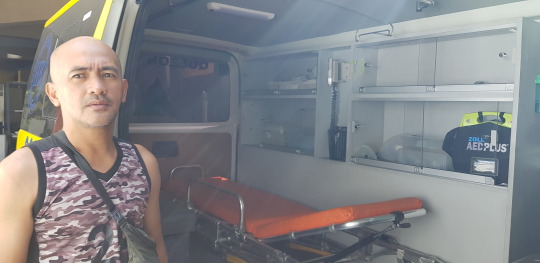
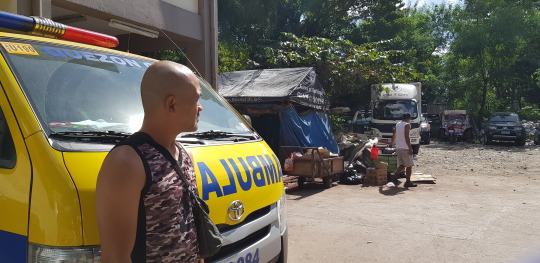
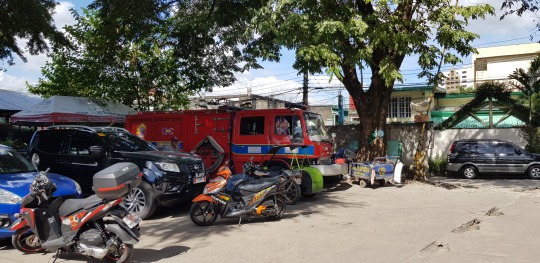
The fully-equipped ambulance and fire truck on stand-by 24-7. Sir. Martinez also informed us that the people manning these vehicles were always on site. He told us that they had shiftings in place for these positions as to prevent lacking important personnel if and when needed.
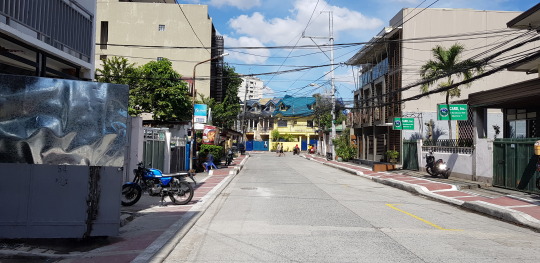
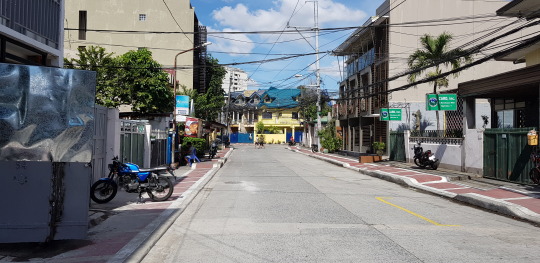
The barangay council also set forth a clearing operation for the entire Miguel Malvar Street. This was to prevent blockage or traffic for the emergency vehicles going in and out of the barangay hall area.
When I asked about the issues that the barangay faced in implementing their plans, he told us how sometimes there were residents who refused to take part in an operation they called Ugnayan. This system allowed residents to be informed of the basic and immediate reparations should a disaster ever happen. Seminars and workshops going on in the barangay is also openly given and provided to the residents. Sr. Martinez explained to us how participation of all the individual members of the community is what will ultimately help the community, not just the barangay personnel. The interview was then abruptly cut due to the schedules Sir. Martinez had.
Though our time was short, he was able to answer all my questions and expound on his answers in a concise manner. I am extremely grateful to Sir Martinez for giving me his time in answering all my questions.
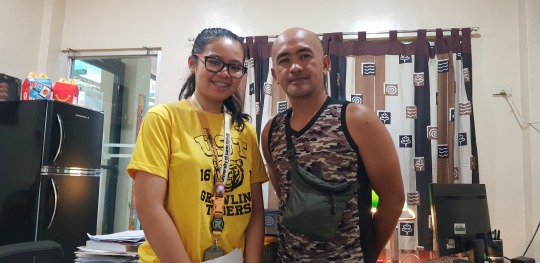
The interview led me to many conclusions about how vital it is for a community to be prepared for such disasters. In case of any disaster or emergency, before any government relief & support reaches or outside help is utilized, it is the Community which has to respond immediately (at the hour). As the Community plays the role of First Responder, it is critical that there is adequate awareness and preparedness at the Community level especially among the most vulnerable set of communities residing in the most vulnerable areas.
Disaster preparedness provides a platform to organize effective, realistic and coordinated planning, reduces the waste of efforts and increase the overall effectiveness of the individual, household and community members disaster preparedness and response efforts. Disaster preparedness activities that are planned with risk reduction measures can prevent disaster situations and also result in saving maximum lives and livelihoods during any disaster situation, enabling the affected community to easily get back on its feet within a short period of time. Community preparedness can be thought of as the advance capacity of a community to respond to the consequences of an adverse event by having plans in place so that people know what to do and where to go if a warning is issued or a hazard is observed.
What we plan with our families, our community, and in our country helps us consider our emergency response activities in light of existing and new disaster risks that is affecting us and our country. This allows us to design or adjust our activities so that people and communities and in the end, our country to become safer and more disaster-resilient, as well as safeguarding efforts to create and expand enabling conditions for sustainable poverty alleviation and development. This can help strengthen our communities and reduce our vulnerability to the multiple natural disasters heading our way.
The best way we can do to help our community and our country is to raise awareness. People being informed and equipped with the right knowledge will go a very long way. Just as the saying goes, it is better to know it and not need it than to need it and not know it.
We as a community must urge our those we have elected to government positions to quickly move in planning and developing projects that will protect the public. We must build resilience in ourselves and also in the systems of our society. We must approach climate change with fear, for what our children’s future will be, and courage and hope, that we can heal what has been done.
To our public officials, they must create and support national policies and strategies allocating the resources of the country to manage the risk threatening it. Everyone must help in pushing for change and improvement in access to quality primary health care even before disaster strikes.
To our workforce, we must be trained and equipped in planning for all types of emergencies. We need to be able to identify hazards, vulnerabilities, and our own capacities to lessen risks.
To the public, we as collective need to promote risk awareness of emergencies as well as providing health education to the youth. There is so much we can do when we join together for a cause that will protect us and our families.
True “resilience”, I believe, is not tolerance or ignorance of the system that is broken in the front of adversity. It is the triumphant improvement of ourselves, physically and socially to become better. A better Filipino nation that faces calamities not in a defeatist manner but with a strength of Filipinos coming together.
6 notes
·
View notes
Text
Is your community prepared?: Community Involvement in Disaster Risk Reduction and Management
As someone living in one of the communities that make up one of the vast metropolises that continue to thrive economically, Quezon City deems urban resilience a vital aspect and social and economic concern in strengthening the city’s resilience. Where families and households are strong enough to withstand calamities and are also able to restore economic activity amidst the myriad of disasters.
To better visualize the overall purpose of this blog post, I would like to first share the economic and environmental issues the Philippines is currently facing.
Due to the geographic and physical features and location of the country, it is considered to be one most disaster-prone countries in the world. Situated along the western segment of the Pacific Ring of Fire, it lies in one of the most active part of the Earth characterized by an ocean encircling belt of active volcanoes and earthquake generators. Together with twenty-two (22) active volcanoes and six (6) known fault lines, the Philippines also sits astride the typhoon belt. The major part of the country experiences annual torrential rains and thunderstorms from July to October, with about nineteen (19) typhoons entering the country’s area of responsibility in a year with eight (8) to nine (9) of them making landfall on the country’s soil. This does not only make the Philippines vulnerable to flooding, but also vulnerable to climate change.
Sea level rise is one of the best-known climate change’s many dangers. As humanity pollutes the atmosphere with toxic substances that destroys the atmosphere, the planet becomes warmer and warmer. Thus, ice sheets and glaciers melt and warming sea water expands and increases in volume of the world’s oceans. The pollution and continuous onslaught of environmentally-detrimental human activities has become one of the top contributors to this growing concern. Especially in urban areas like Metro Manila, one of the most obvious human activity that sets the ground for environmental degradation is poor waste management. Improper wastes disposal, inefficient waste collection, lack of disposal facilities and the sheer loss of basic human decency and discipline has resulted in becoming one of the greatest threats to country’s environment and public health.
After hearing all these things, what can we do? Well, as of course in true Filipino fashion. We overcome. In our classes in Disaster Risk Reduction Management (DRRM), the term “Resilient”, Filipino or English, is a source of contention and controversy. While resilience is a noble word, it is also subject to scrutiny as to what does it mean to the country’s ability to bring back the sense of normalcy and improving itself. It shouldn’t simply mean smiling whilst standing knee-deep in floods or accepting the fact that our country’s legal justice system will always be something out of a dystopian novel, or even going far back as to think, “well, if it’s not broken, don’t fix it” to the state of our transportation system. UNISDR (United Nations Office for Disaster Risk Reduction) defines resilience as “the use of recovery, rehabilitation, and reconstruction phases after a disaster to increase ‘resilience’ of nations and communities through integrating DRR measures into the restoration of physical infra and societal systems, and into revitalization of livelihoods, economies, and the environment.” In other words, we learn from the events for us to be “more resilient.” For us to improve. And how can we do that? We start in our most basic unit of society, the family, then to the community.
To take a closer look to the one the communities preparing for such disasters, I went to visit my local barangay, Barangay Bagumbuhay.


Barangay Bagumbuhay’s hall is right along the residential area of Miguel Malvar Street. Easily accessible by the Light Railway Transit (LRT) System (though it is currently closed for operations) or by jeeps coming from Cubao or Katipunan, going through Aurora boulevard.
Due to the location of the barangay, not a lot of natural hazards were identified. According to PHILVOC’s faultfinder, the barangay is approximately 1.6 km. from the nearest active fault trace, which is the West Valley Fault.


The barangay also had an advantage of being located right on top of a hill-like landmass, giving it the ability to rule out severe cases of flooding. However, there were still hazards to the community that were present. Namely, Anthropogenic hazards which were the structures and residential areas that were violating building code. Particularly the residential areas that were built atop the creek along F. Castillo Street. The officials fear that if these structures weren’t fixed immediately, they may become a danger to the residents should an offshoot of a disaster happened (e.g. fires). Blocked roads and alleys were also a danger since they served as a blockage to the entry and exit of residents to and from their homes, making it difficult for them to move through.

The officer in charge of the Disaster Risk Reduction and Management office of barangay Bagumbuhay, Estiño Martinez, introduced me to the various DRRM plans they had prepared in case the community faced a disaster. There were plans of evacuation locations for the nearby residents as well of those people who need special care and attention. Sr. Martinez provided a list of projects that had already been done and to be done (for 2020) in order to fulfill their duty of reducing the risk of any hazards that pose a threat to the community.
Sr. Martinez accompanied us in viewing the various preparations the had in store. For medical emergencies, for fire accidents, as well as for the aftermath of any disaster.

The multipurpose court to be used as an evacuation center for the community.

A funeral parlor and holding area for the families who are cannot afford the expenses of having a proper burial for their family member.

A Barangay Disaster Risk Reduction and Management Center right behind the hall. This includes the various materials and equipment to be used if in case of an emergency.



The fully-equipped ambulance and fire truck on stand-by 24-7. Sir. Martinez also informed us that the people manning these vehicles were always on site. He told us that they had shiftings in place for these positions as to prevent lacking important personnel if and when needed.


The barangay council also set forth a clearing operation for the entire Miguel Malvar Street. This was to prevent blockage or traffic for the emergency vehicles going in and out of the barangay hall area.
When I asked about the issues that the barangay faced in implementing their plans, he told us how sometimes there were residents who refused to take part in an operation they called Ugnayan. This system allowed residents to be informed of the basic and immediate reparations should a disaster ever happen. Seminars and workshops going on in the barangay is also openly given and provided to the residents. Sr. Martinez explained to us how participation of all the individual members of the community is what will ultimately help the community, not just the barangay personnel. The interview was then abruptly cut due to the schedules Sir. Martinez had.
Though our time was short, he was able to answer all my questions and expound on his answers in a concise manner. I am extremely grateful to Sir Martinez for giving me his time in answering all my questions.

The interview led me to many conclusions about how vital it is for a community to be prepared for such disasters. In case of any disaster or emergency, before any government relief & support reaches or outside help is utilized, it is the Community which has to respond immediately (at the hour). As the Community plays the role of First Responder, it is critical that there is adequate awareness and preparedness at the Community level especially among the most vulnerable set of communities residing in the most vulnerable areas.
Disaster preparedness provides a platform to organize effective, realistic and coordinated planning, reduces the waste of efforts and increase the overall effectiveness of the individual, household and community members disaster preparedness and response efforts. Disaster preparedness activities that are planned with risk reduction measures can prevent disaster situations and also result in saving maximum lives and livelihoods during any disaster situation, enabling the affected community to easily get back on its feet within a short period of time. Community preparedness can be thought of as the advance capacity of a community to respond to the consequences of an adverse event by having plans in place so that people know what to do and where to go if a warning is issued or a hazard is observed.
What we plan with our families, our community, and in our country helps us consider our emergency response activities in light of existing and new disaster risks that is affecting us and our country. This allows us to design or adjust our activities so that people and communities and in the end, our country to become safer and more disaster-resilient, as well as safeguarding efforts to create and expand enabling conditions for sustainable poverty alleviation and development. This can help strengthen our communities and reduce our vulnerability to the multiple natural disasters heading our way.
The best way we can do to help our community and our country is to raise awareness. People being informed and equipped with the right knowledge will go a very long way. Just as the saying goes, it is better to know it and not need it than to need it and not know it.
We as a community must urge our those we have elected to government positions to quickly move in planning and developing projects that will protect the public. We must build resilience in ourselves and also in the systems of our society. We must approach climate change with fear, for what our children’s future will be, and courage and hope, that we can heal what has been done.
To our public officials, they must create and support national policies and strategies allocating the resources of the country to manage the risk threatening it. Everyone must help in pushing for change and improvement in access to quality primary health care even before disaster strikes.
To our workforce, we must be trained and equipped in planning for all types of emergencies. We need to be able to identify hazards, vulnerabilities, and our own capacities to lessen risks.
To the public, we as collective need to promote risk awareness of emergencies as well as providing health education to the youth. There is so much we can do when we join together for a cause that will protect us and our families.
True “resilience”, I believe, is not tolerance or ignorance of the system that is broken in the front of adversity. It is the triumphant improvement of ourselves, physically and socially to become better. A better Filipino nation that faces calamities not in a defeatist manner but with a strength of Filipinos coming together.
#text#text post#nstp#literary training service#barangay#disaster risk reduction and management#drrm#philippines#blog post
6 notes
·
View notes
Text
look, I’m a simple woman, i just want villains and heroes in love with each other and pissed off about it
61K notes
·
View notes
Text
Sometimes I remember that there’s a massive beef in the paleontological community between Jack Horner and Robert Bakker and it’s so big that when they both worked as advisers on the Jurassic Park films, Spielberg made 2 characters based on them and had a T. rex eat Bakker’s character as a favour to Horner.
111K notes
·
View notes
Video
138K notes
·
View notes
Text
If you’re upset it means you care about something and that’s okay and you’re okay.
But if you’re completely convinced that you’re not okay, take a walk or pet some dogs or make a phone call or watch sad movies or get on a plane until you’re okay again.
But don’t ever settle for not being okay.
2K notes
·
View notes
Text
Love is contagious laughter. Love is a silent car ride. Love is cinnamon buns for no reason. Love is homemade pizza night. Love is an aimless walk. Love is a color you can’t describe.
This is gross but happy Valentine’s Day
2K notes
·
View notes
Photo

https://www.instagram.com/p/BnXaq7WAuib/
391 notes
·
View notes
Photo

https://www.instagram.com/21.______/p/BrVRMOgnW7P/
523 notes
·
View notes
Photo
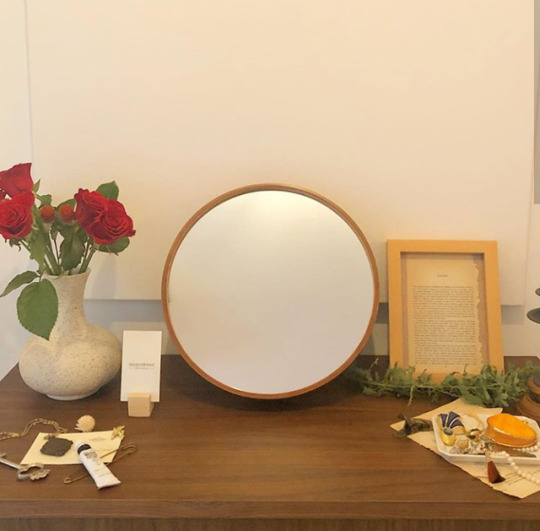
https://www.instagram.com/p/BrY0x9cD-pI/
468 notes
·
View notes
Quote
“The thing is - fear can't hurt you any more than a dream.”
Willaim Golding, Lord of the Flies
0 notes
Photo

https://www.instagram.com/p/BtU36O8jqYC/
480 notes
·
View notes
Quote
At least once, everyone eats lunch by themselves, everyone cries in the shower, everyone overhears something they wish they never have. No matter what people make it seem like, no one has good days every day. If they did, then they wouldn’t be “good,” they’d just be days. So just remember you’re never alone in what you feel when you’re at your worst and we need the bad in order to appreciate the good.
(via i-wrotethisforme)
2K notes
·
View notes


